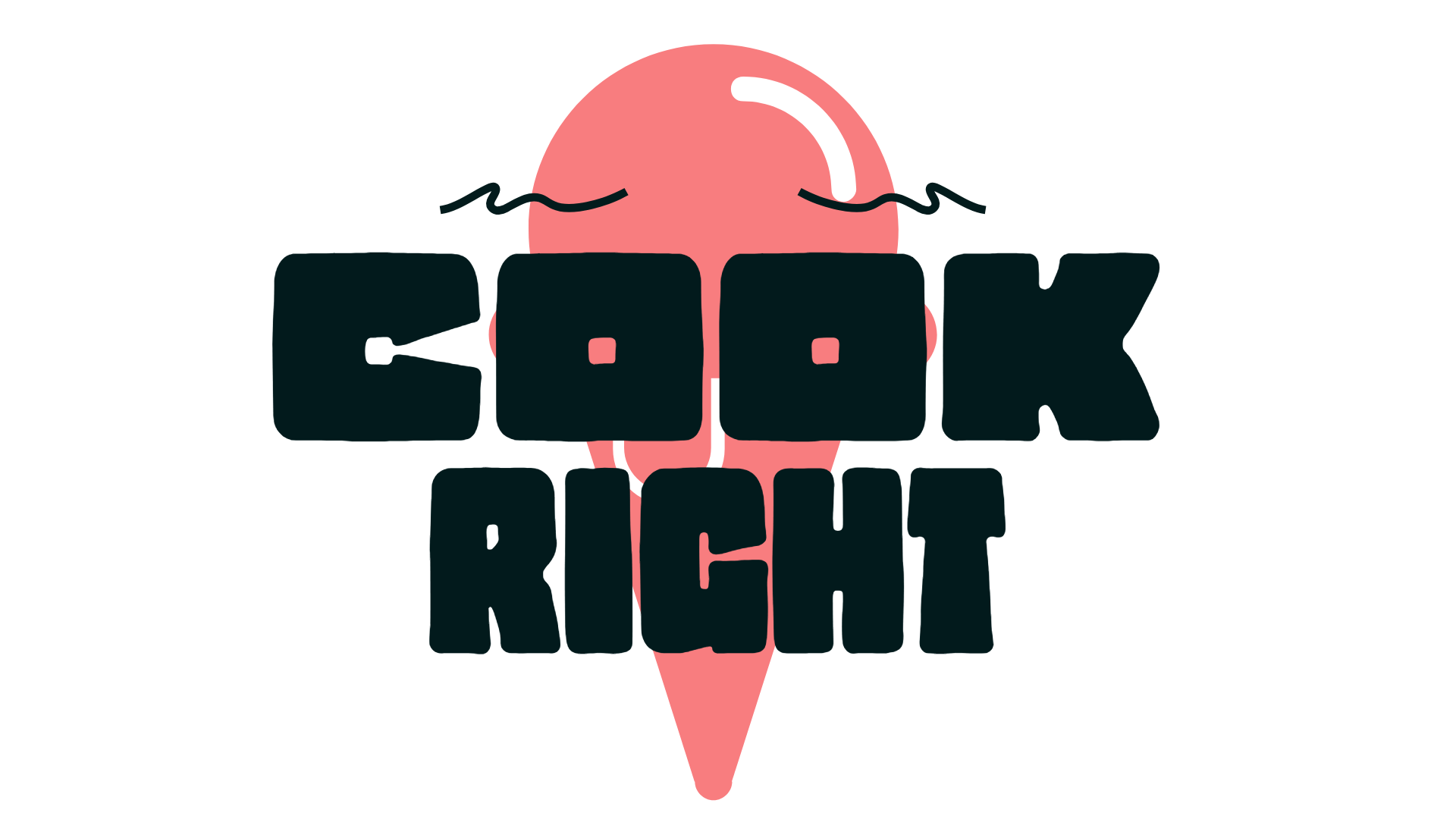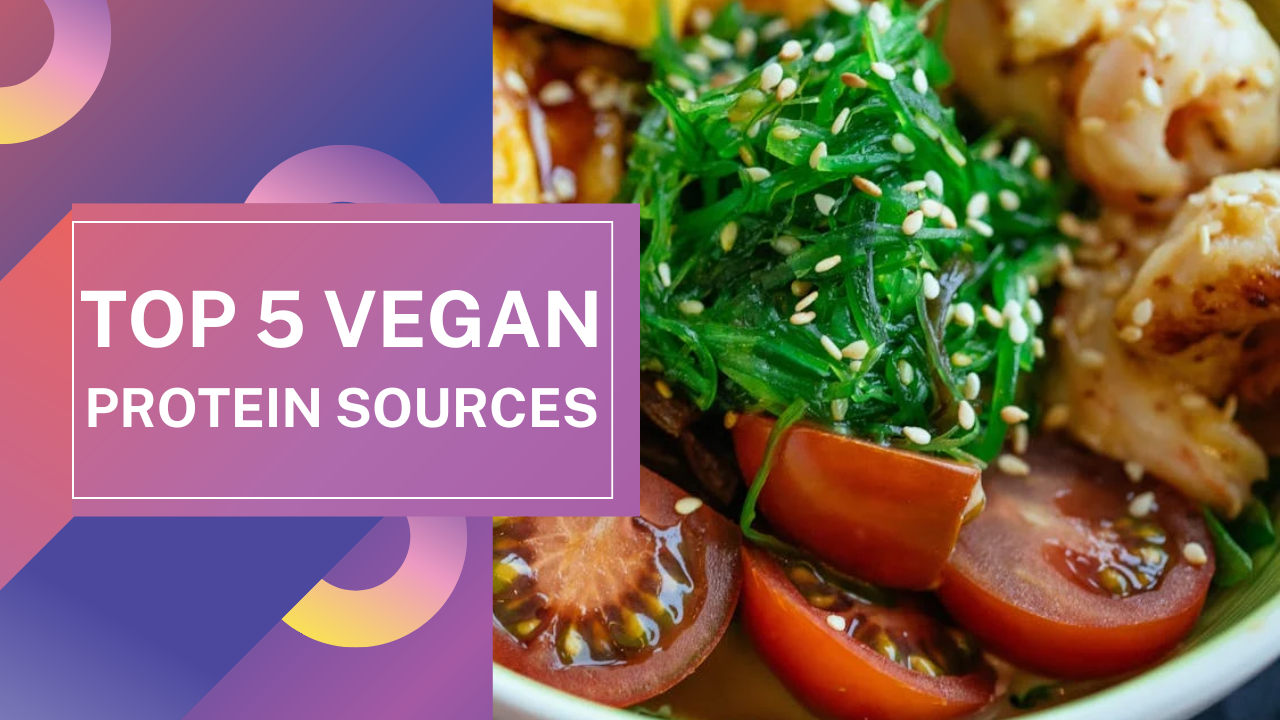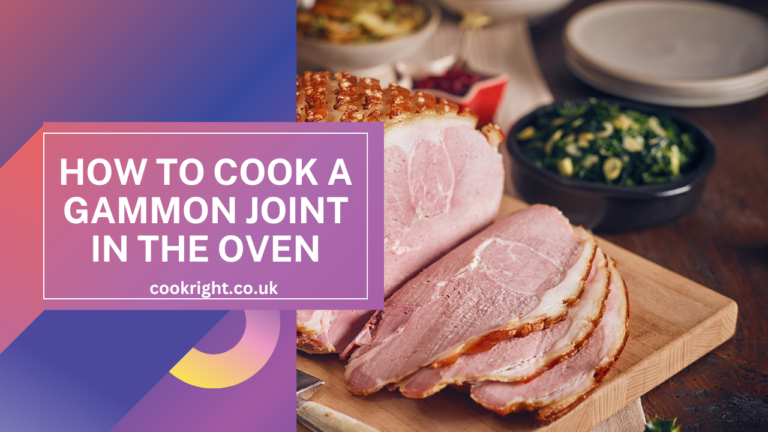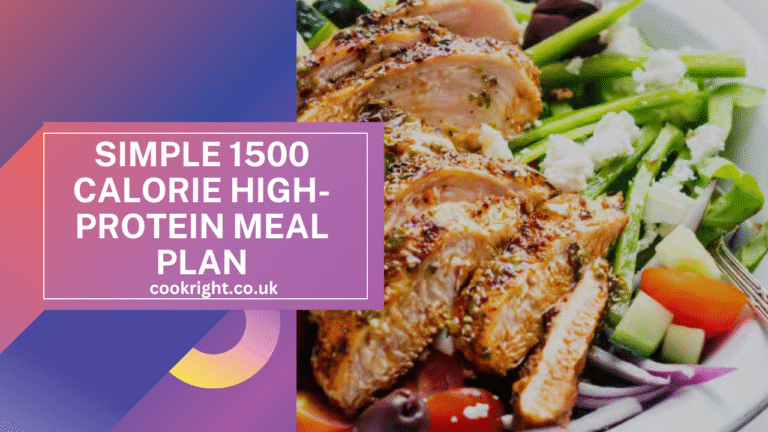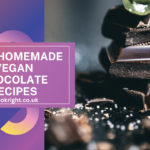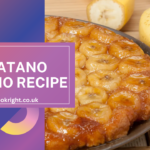Let’s be honest: the moment you mention you’re eating vegan, someone’s bound to ask, “But where do you get your protein?” It’s the age-old question that every plant-based eater has heard a dozen times. And while it might sound like a legit concern, here’s the truth: getting enough protein on a vegan diet is not only possible, but it can also be incredibly tasty and diverse.
Gone are the days when protein meant only chicken breasts and steak. Today, the world of vegan protein is wide, varied, and surprisingly easy to navigate. From humble lentils and chickpeas to versatile tofu and trendy quinoa, plant-based proteins are everywhere—and they’re more than capable of meeting your nutritional needs. Whether you’re a seasoned vegan, a newbie, or just curious about plant-based eating, this guide will show you all the delicious ways you can get your protein fix without a single animal product. Ready to debunk some myths and discover the power of plants? Let’s dive in!
Why Protein Matters (And No, You Don’t Need to Become a Bodybuilder)
We all need protein. It’s like the building block of our bodies, helping with everything from building muscles (if you’re into that) to repairing tissues, making enzymes, and even keeping your immune system humming. But before you start worrying about grams and percentages, let’s clear up a myth: you don’t need to chug protein shakes all day to stay healthy, even as a vegan.
Top 5 Sources of Vegan Protein
Okay, so where does vegan protein come from? Spoiler alert: not just salads! Here are some of the heavy hitters:
1. Legumes

Legumes are often considered the backbone of a vegan diet, and for good reason. Think of lentils, chickpeas, black beans, kidney beans, and even peas—these little gems are loaded with protein, fiber, and essential nutrients like iron and folate. Not only are they affordable and widely available, but they’re also incredibly versatile. You can toss lentils into a hearty soup, whip up a creamy hummus with chickpeas, or spice up your taco night with seasoned black beans.
Feeling adventurous? Try making your own veggie burgers or meatballs using mashed beans and spices. With legumes, the possibilities are endless, and they bring both nutrition and flavor to your meals.
2. Grains

Quinoa often steals the spotlight when it comes to protein-rich grains, and while it deserves the praise (with about 8 grams of protein per cup), it’s just the beginning. Don’t overlook grains like farro, bulgur, amaranth, and oats. Farro, for example, has a nutty flavor and chewy texture that works well in salads and soups, packing around 6 grams of protein per cup. Bulgur, a staple in Middle Eastern dishes like tabbouleh, is quick to cook and rich in protein and fiber. Even oats, which are a breakfast favorite, offer a decent protein boost along with heart-healthy beta-glucans. Incorporating a variety of these whole grains into your diet not only bumps up your protein intake but also provides a slew of vitamins, minerals, and slow-digesting carbs that keep you energized throughout the day.
3. Nuts and Seeds
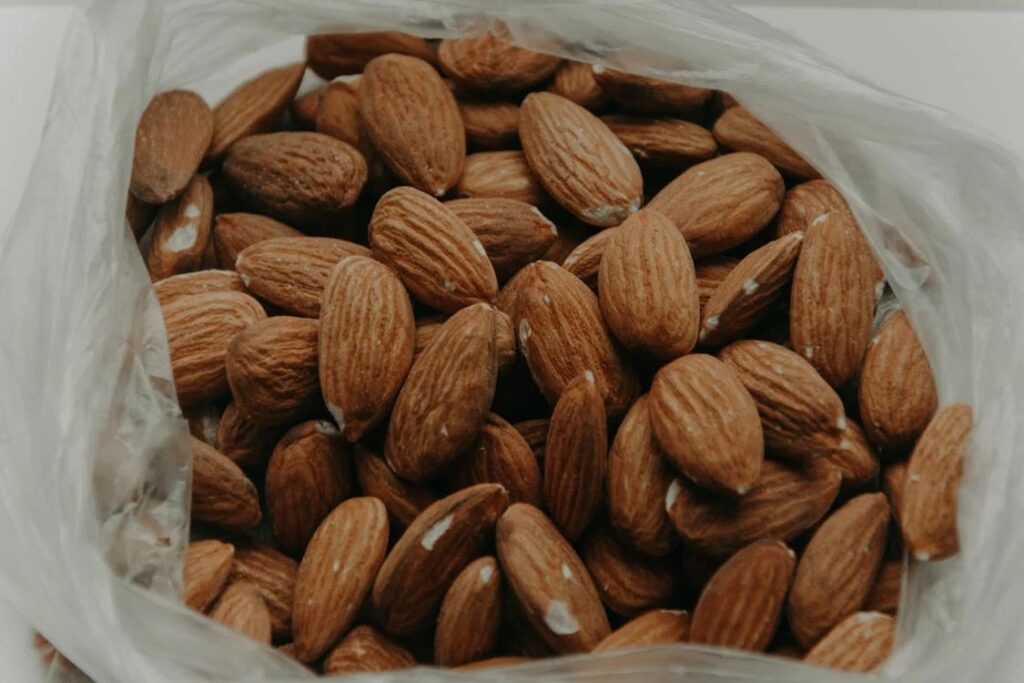
Don’t let their size fool you—nuts and seeds are tiny nutritional powerhouses. Almonds, chia seeds, hemp seeds, flaxseeds, pumpkin seeds, and sunflower seeds all deliver a solid dose of protein along with healthy fats, fiber, and essential minerals like magnesium and zinc. A handful of almonds makes a great snack, but you can also blend them into creamy nut butter or add them to your baking.
Chia and flaxseeds, meanwhile, are fantastic for thickening smoothies or as egg substitutes in baking, thanks to their gel-like texture when mixed with water. Hemp seeds are a particularly good source of protein, with around 10 grams in just three tablespoons, and they have a mild, nutty flavor that works in everything from smoothies to salads. Whether you’re sprinkling them on your breakfast or blending them into a smoothie, nuts and seeds are an easy way to add more protein—and crunch—to your diet.
4. Soy Products
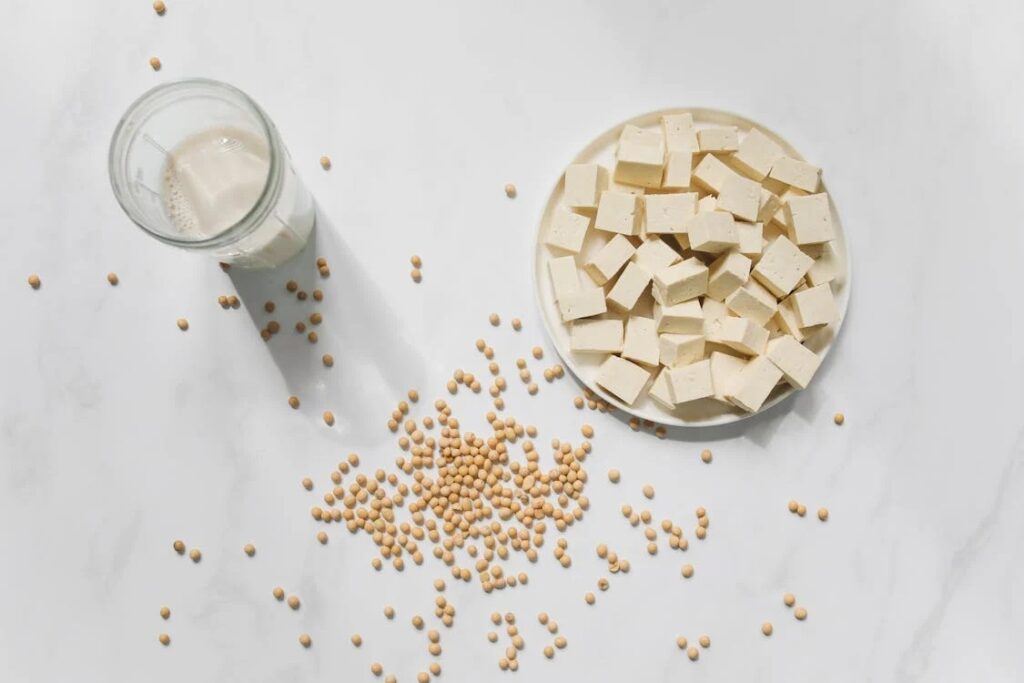
Soy is a superstar in the vegan protein world, mainly because it’s one of the few complete plant proteins, meaning it contains all nine essential amino acids your body needs. Tofu, tempeh, and edamame are the most popular soy products, and each brings something unique to the table. Tofu, often called “bean curd,” is incredibly versatile and can be used in stir-fries, scrambles, or even desserts like vegan cheesecakes. It absorbs flavors well, making it a blank canvas for your culinary creativity.
Tempeh, on the other hand, is made from fermented soybeans and has a firm texture and nutty flavor, perfect for slicing and grilling, adding to sandwiches, or crumbling into salads. Edamame—young, green soybeans—are great as a snack, in salads, or tossed into grain bowls. Plus, they’re packed with protein, fiber, and a good amount of iron and calcium. Whether you’re looking for something crispy, chewy, or snackable, soy has you covered.
5. Other Plant-Based Options: From Seitan to Spirulina
When it comes to vegan protein, the options extend far beyond beans and grains. Seitan, often dubbed “wheat meat,” is made from gluten, the protein part of wheat, and is one of the highest protein plant foods around—providing about 25 grams of protein per 3.5 ounces! Its chewy texture makes it a popular meat substitute in everything from stir-fries to sandwiches, but it’s not suitable for those with gluten sensitivities. Spirulina, a blue-green algae, is another unique option.
It might sound strange, but just a tablespoon of this powdered algae packs about 4 grams of protein along with B vitamins, iron, and antioxidants. You can mix it into smoothies or even sprinkle it over salads for a nutrient boost. And let’s not forget nutritional yeast, affectionately known as “nooch.” It’s not only high in protein but also often fortified with vitamin B12, which is crucial for vegans. Plus, it adds a delicious cheesy flavor to popcorn, pasta, or any dish that could use a bit of savory umami.
These diverse plant-based options make it easy to meet your protein needs without ever getting bored. So, whether you’re cooking up a hearty stew, snacking on some nuts, or enjoying a protein-packed grain bowl, there’s no shortage of delicious ways to fuel your body with vegan protein.
Complete vs. Incomplete Proteins: What’s the Deal?
There’s a lot of talk about “complete” proteins, which basically means a food has all nine essential amino acids your body needs. Most animal proteins are complete, but many plant proteins aren’t—big deal, right? Actually, it’s not. You don’t need every meal to have complete proteins. As long as you eat a variety of plant foods throughout the day (like beans and rice, or peanut butter on whole-grain bread), your body will figure it out.
How Much Protein Do You Actually Need?
This is where it can get a bit confusing because protein needs vary. For the average adult, it’s about 0.8 grams per kilogram of body weight per day. If you’re super active, pregnant, or older, you might need a bit more. But here’s the good news: with a balanced vegan diet, hitting those numbers isn’t hard. Just mix and match those plant proteins, and you’re golden.
Busting Myths: No, You Won’t Be Protein-Deficient
One of the biggest myths is that vegans can’t get enough protein. But studies show that’s just not true. As long as you’re eating enough calories from a variety of foods, you’re probably doing just fine on protein. So next time someone asks where you get your protein, feel free to smile and mention lentils, quinoa, or tofu—whatever your favorite is!
Simple Tips to Boost Your Protein Intake
Here are some easy ways to sneak more protein into your day:
- Add beans to your salads, soups, or pasta dishes.
- Swap your usual pasta for a legume-based one like chickpea or lentil pasta.
- Snack on nuts, seeds, or a good old-fashioned peanut butter sandwich.
- Start your day with a smoothie packed with protein-rich ingredients like almond butter, hemp seeds, or a scoop of vegan protein powder.
Vegan Protein Supplements: To Shake or Not to Shake?
Sometimes, especially if you’re super active or just having a busy day, protein powders can come in handy. There are plenty of vegan options out there, like pea protein, hemp protein, or blends that include several sources. They’re not essential, but they can be a helpful addition if you’re looking to up your intake easily.
Wrapping It Up
Going vegan doesn’t mean you’re destined to a life of salads (unless you’re really into salads, which is cool too!). With so many delicious, protein-rich plant foods out there, you’ll have no trouble meeting your needs—and enjoying your meals in the process. Whether you’re new to veganism or just looking to up your protein game, the plant kingdom has got you covered.
